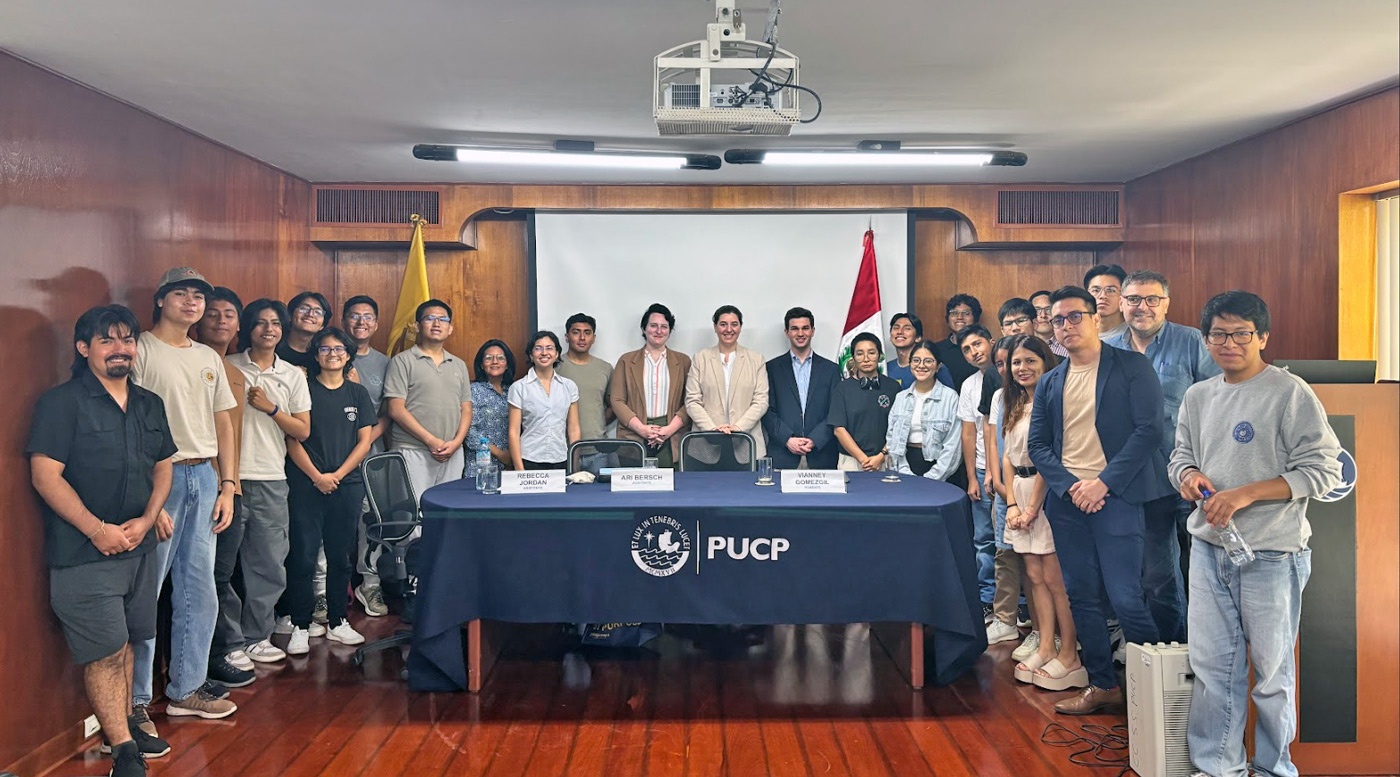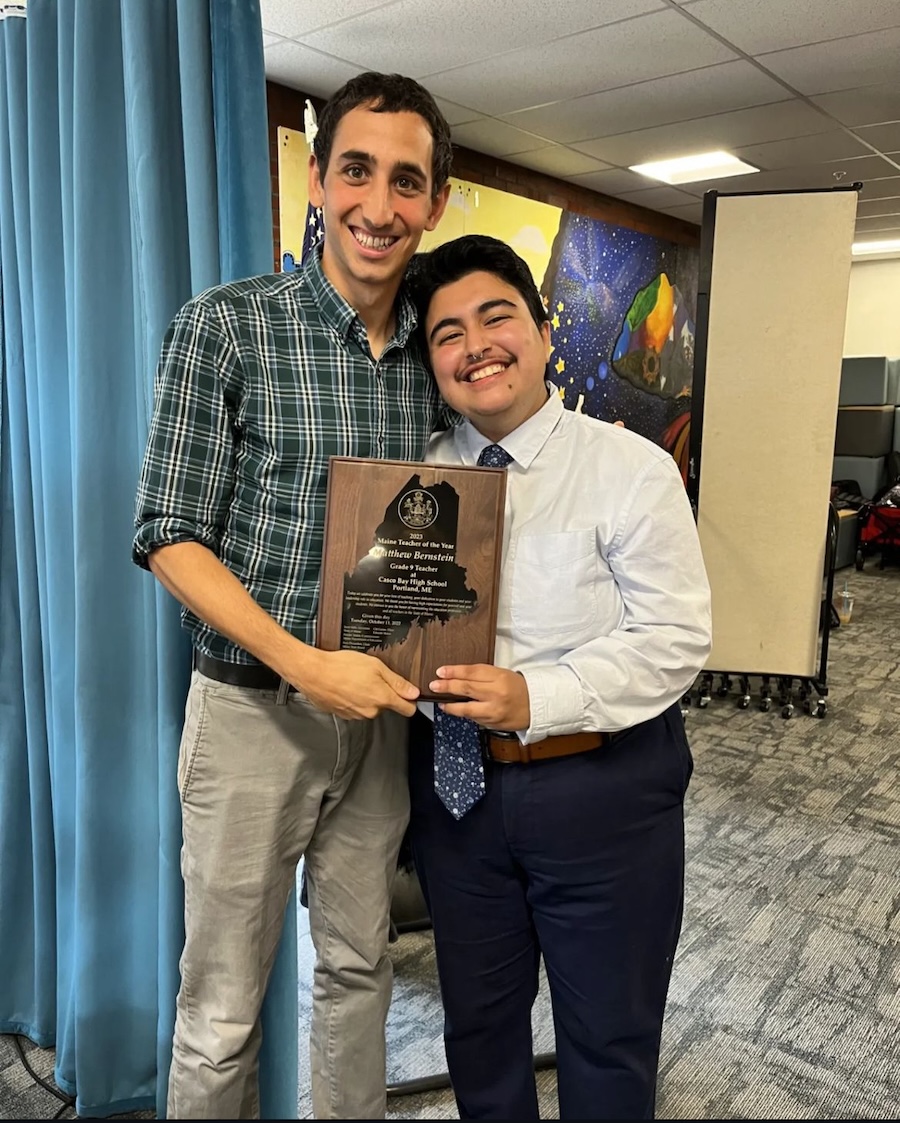Morality on Twitter: Collaborative Project Analyzes 1.2m Teacher Posts
By Tom Porter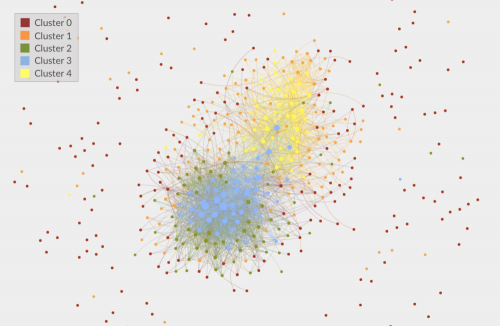
Spearheading the initiative are Associate Professor of Education Doris Santoro and Director of Academic Technology and Consulting Stephen Houser. Other collaborators include Visiting Associate Professor of Computer Science Clare Bates Congdon—who brought her machine learning expertise to bear—and a number of Gibbons fellows at Bowdoin. Jessica Hochman, associate professor at the Pratt Institute’s School of Information in New York City, has also been involved in the project, as have a number of her graduate students.
Bowdoin News spoke with Doris Santoro and Stephen Houser.
How did the project come about?
Doris Santoro: It came out of a book I’m currently working on, tentatively titled Remoralizing Teaching in Demoralizing Times, which looks at ways in which teachers are unable to engage with what many of them perceive to be the “good” aspects of their work, like connecting with students, or developing curriculum.
Teachers nationwide have expressed concerns about ways in which high-stakes tests are administered, the frequency of them, and the ways in which they are used to make decisions about teachers or students. Teachers in some districts have been told it’s immoral for them to criticize these exams, so they find they can’t have a professional engagement about the work that they’re doing. So there’s a widespread malaise regarding this militaristic style of compliance, with regulations enacted mostly at
Are there no official platforms enabling teachers to give feedback on the policies that they’re implementing?
DS: Often not without jeopardizing their livelihood. Granted, it does depend on the culture of the school and the district: For example, here in Maine, the Portland Public School board recently passed a measure ensuring the free speech rights of teachers. But in many places teachers do not have the ability to express concerns about how they can better do their job.
And this is where Twitter comes in?
DS: Correct. Twitter has become this venue where teachers can both connect with others who share their
Tell us about the methodology you used.
Stephen Houser: Because this is Twitter, there’s a fair amount of looseness to the methodology, in that we’re looking at users who self-identify as educators. Although it’s impossible to authenticate exactly who the users are, it’s a fair assumption that they’re educators in some
DS: And of the 1.2 million tweets we have analyzed, we found that the top 100-200 words—words that were used most frequently—were about teaching.
SH: Initially we started going through and hand-coding the tweets to decide if they’re making a moral stance. With a couple of thousand tweets, that’s
Using freely available software from NASA’s artificial intelligence laboratory, we went through the data and were able to group accounts based on maximum similarity within the group and
Explain how you were able to sort all these tweets into distinct groups?
SH: We take all the tweets and look at the words being used. We pre-selected a group of words that have something to do with morality—words like “good,” “love,” “hate,” etc. We had about a hundred
DS: These so-called “moral” words are not all directly related to morality, but they can indicate that maybe something moral could be going on: for example, words like “oppress,” “oppression,” “care.” We also included the word “know” because for teachers to make a claim they know something is often a statement about the role of a teacher in terms of knowledge. Now, if we said something like an “engineer knows something,” that would be different because we think “of course, engineers know stuff.” But in current discourse to say a teacher knows something is significant in the US.
What are you learning from the data?
DS: The first piece is that these 507 accounts of self-identified teachers clearly want to discuss their work and are using Twitter as a medium to do so. We can tell this from looking at the words they’re using. Out of the 1.2 million tweets, we see they’re talking about schools, teachers, students, education; they’re using words like “need,” “love,” “time,” “know.”
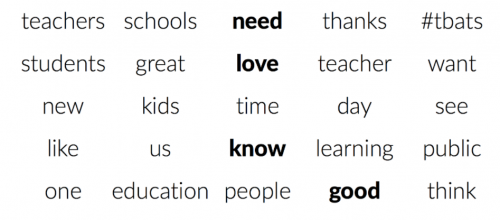
Once we had these different groupings or classes, one of the things we were able to do is to see what words were influential in creating that group. This is where the study breaks new ground in computer science, by looking at how a group is using language.
The research highlights three very recognizable types of conversation happening in these different groups, or moral communities: Firstly, there’s the group that consistently talks about care—about caring for students, and about their role as caretaker. These people see the classroom as the locus of control.
The second group is primarily concerned about issues of justice, particularly intersectional justice. So they’re not just saying “students deserve X,” they’re saying “black or hispanic students, or poor students deserve X.”
The third group also talks about justice, but more about justice for schools than justice within schools. They’re interested in how schools stay public and avoid becoming managed by private interests. This group is focused on issues of governance generally, rather than cases concerning the individual.
This all contributes to a wider debate about educational philosophy, and raises questions about whether we should be talking about ethical relations in terms of care or in terms of justice. And the great thing is, it was all done on open-source software, including the NASA program. Anyone could replicate this.
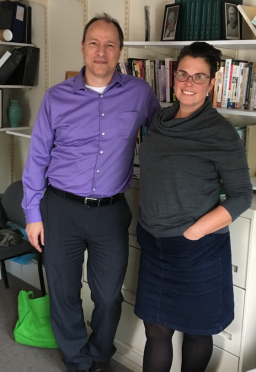
How much do these groups overlap, if at all?
DS: We see the groups talking to each other the longer the debate goes on. At the half-million tweet mark, you can see from studying the visual chart that the two groups concerned with justice overlap almost entirely. This cross pollination between the groups becomes even more noticeable as we hit the 1.2 million tweet mark.
Does this mean these moral communities become less distinct as more data are gathered?
DS: The communities are not less distinct, they’re just talking to each other more. They are less isolated, and I’m really interested in what made this happen. As I see it, the more these different groups talked to each other, the more common ground they found. Questions about care in the classroom for instance inevitably involve looking at issues of justice, both individual and institutional.
So we’re seeing the development of a unique voice for teachers to share their concerns?
DS: That’s right. There also seems to be growing recognition of collective power, of how to cooperate on a message. Indeed there are coordinated Twitter campaigns from folks like the Chicago Teachers Union. They have specific and strategic campaigns however and we don’t know exactly how much these campaigns contributed to individual tweets.
Twitter also features very robust, real-time chats, as people interested in certain issues “meet” at specific times of the week.
What’ the status of the project now?
DS: The project is far from complete. Some of the research will be published in the book (Remoralizing Teaching in Demoralizing Times.) I’m also involved with a second book, an edited anthology called Teacher’s Principled Resistance: Past and Present. That looks at how teachers have resisted policies and practices they think are wrong. It will include a chapter about how Twitter is being used, in which some of the project’s findings will be incorporated.
There’s more to be said on the subject however, both methodologically and in terms of publications, whether it’s a book or further articles. We haven’t had time to write up the study yet, as we’re still very much in the midst of working on it.
SH: It’s exciting because we’re pushing the envelope in terms of getting these algorithms used in computer science and putting them into the humanities. We’re answering humanities questions in ways that haven’t been done before.
DS: That’s right. This is educational philosophy-meets-computer science. It’s cool!

